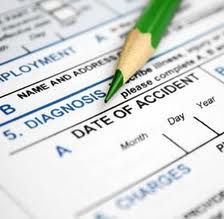 The recently passed workers’ compensation bill SB 863 (full text available here) will significantly change the current workers’ compensation system in California. This new law is designed to decrease litigation costs to employers.
The recently passed workers’ compensation bill SB 863 (full text available here) will significantly change the current workers’ compensation system in California. This new law is designed to decrease litigation costs to employers.
The attorneys of Adelson, Testan, Brundo & Jimenez are already familiar with the changes in SB 863, which will be implemented on a rolling basis over the next two years.
SB 863 offers modifications that are projected to save millions of dollars in workers’ compensation expenses. Briefly, some of the changes are:
- The lien system will see a major overhaul. The lien filing fee has been reinstituted at $150. The statute of limitations is now 18 months from the date of service, and liens will not be permitted for treatment disputes that should be handled through Independent Medical Review (IMR). This reduces the cost to the defense while ensuring that truly injured workers can access care timely and within the existing system.
- There will no longer be permanent disability add ons for psychological, sexual, or sleep disorders arising from a physical injury, except for catastrophic injury or violent act claims. Though in most cases, treatment for these disorders is still required as part of a legitimate workers’ compensation claim for other injury, costs for the defense will be reduced through the removal of the add on treatment packages.
- The old system of AME/QME review is changing, so that IMR will be mandatory in almost all treatment disputes, and the decision of the Independent Medical Reviewer will be final, limiting expenses related to endless court appeals.
These reforms, in particular the lien system changes and the IMR process, is projected to reduce the backlog of unnecessary and fatuitous litigation that is currently clogging the workers’ compensation system.
Contact Adelson, Testan, Brundo & Jimenez for seminars on SB 863.






















